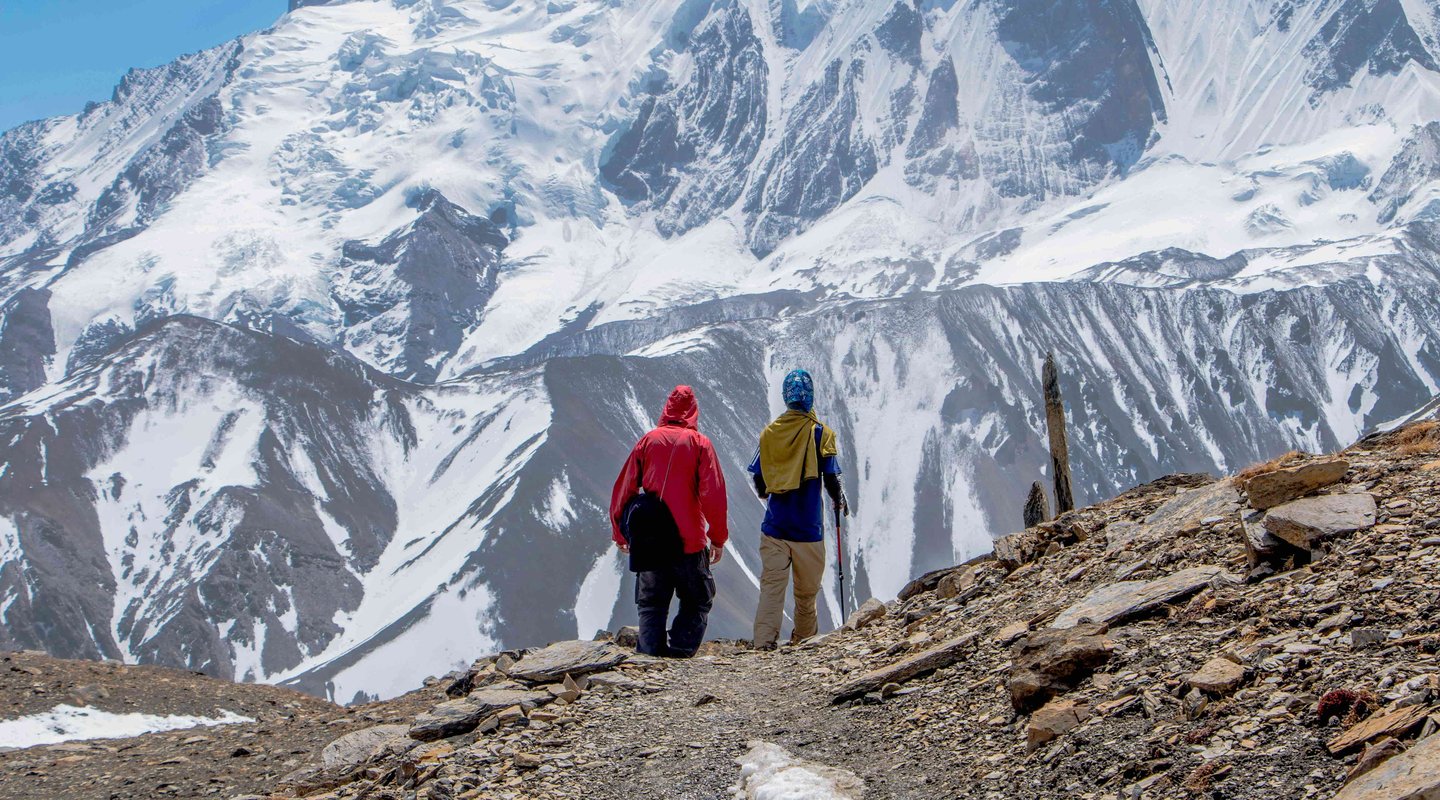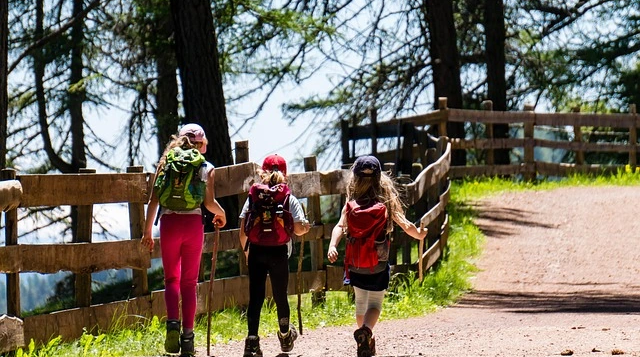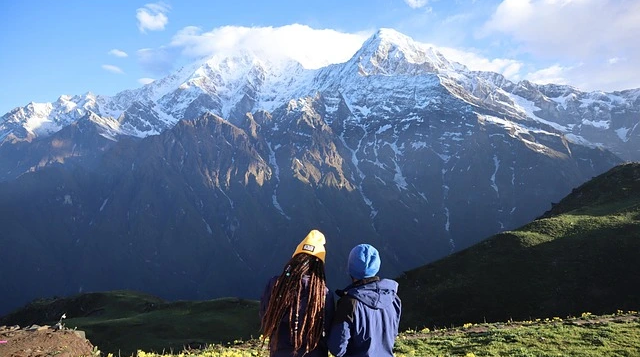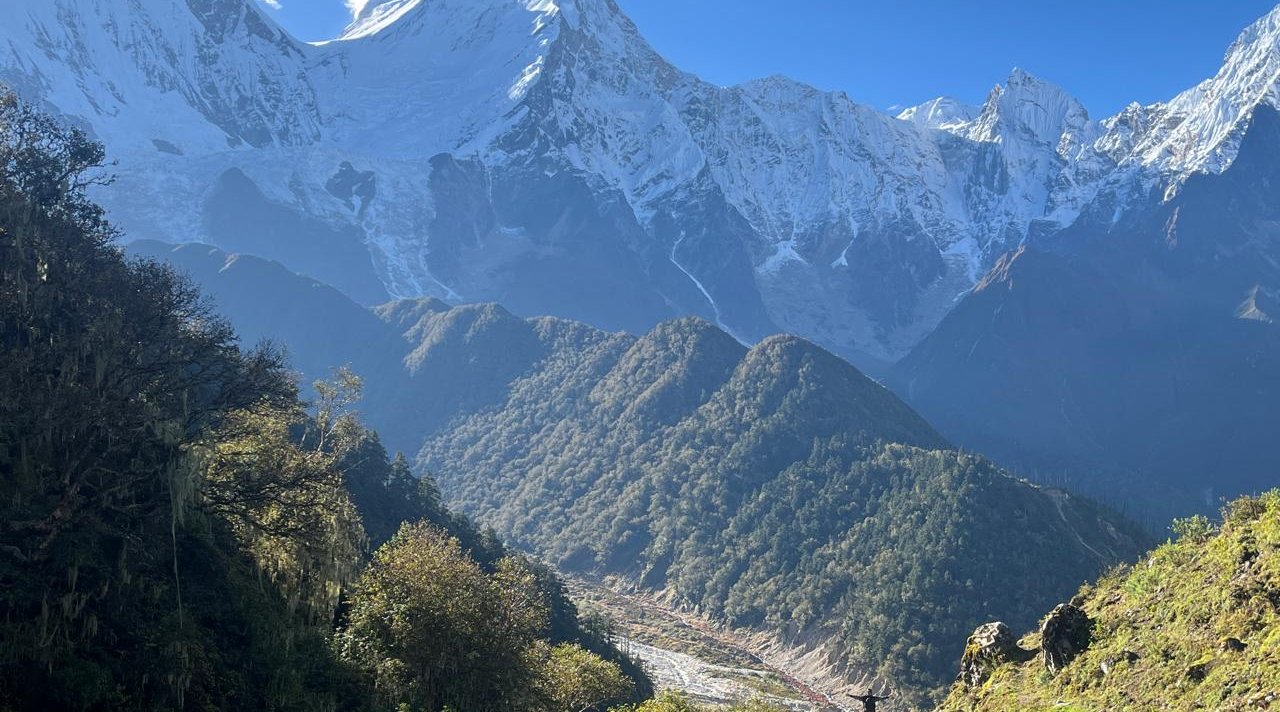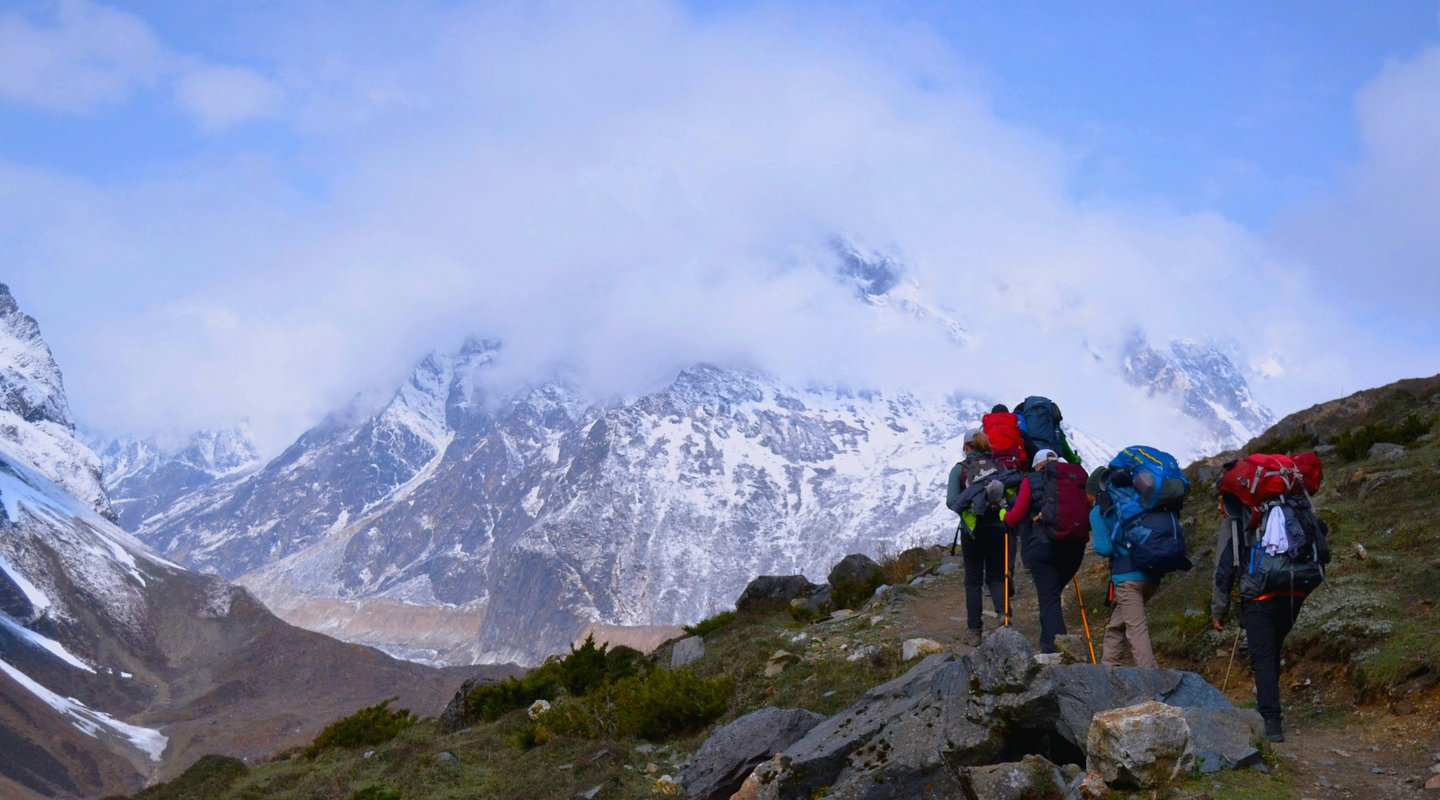Planning your North Annapurna Base Camp trek requires careful preparation, and securing the right Annapurna trekking permits tops the priority list. While the trail promises breathtaking views and cultural immersion, navigating Nepal trekking regulations can feel overwhelming for first-time visitors. This comprehensive guide breaks down everything you need to know about obtaining your ACAP permit requirements and TIMS card Nepal, ensuring you're fully prepared before setting foot on the trail.
Understanding the Essential Permits for North Annapurna Base Camp
The Annapurna Conservation Area requires specific documentation to protect its pristine environment and support local communities. Two main permits have traditionally been mandatory for trekkers: the ACAP entry permit and the TIMS card, though recent changes have shifted requirements.
Why These Permits Matter:
- Conservation funding for the Annapurna region permits
- Safety tracking through the Nepal tourism board
- Supporting sustainable tourism initiatives
- Ensuring compliance with Nepal trekking rules
The permit fees Nepal collects directly fund trail maintenance, wildlife protection, and community development projects throughout the region.
ACAP Permit: Your Gateway to Annapurna Conservation Area
The Annapurna Conservation Area permit remains mandatory for all trekkers entering the region. This essential document grants access to Nepal's largest protected area, spanning 7,629 square kilometers of diverse ecosystems.
ACAP Permit Cost and Validity
Current ACAP Permit Fees (2025):
- SAARC nationals: NPR 200 (approximately USD 2)
- Other foreign nationals: NPR 3,000 (approximately $23 USD)
- Children under 10: Free with guardian
The ACAP permit validity extends for the duration of your trek, with single-entry access. Most trekkers complete the North Annapurna Base Camp route within 7-10 days, well within standard validity periods.
Where to Get Your ACAP Permit
ACAP Permit Office Locations:
In Kathmandu:
- Nepal Tourism Board Office, Bhrikutimandap
- ACAP permit office hours: 10:00 AM - 4:00 PM (Sunday-Thursday), 10:00 AM - 3:00 PM (Friday)
- Processing time: 30-60 minutes
ACAP permit Kathmandu location at the Tourism Board offers convenient access for trekkers arriving in the capital. The office sits near the Exhibition Road, easily reachable by taxi or local transport.
In Pokhara:
- ACAP Counter, Nepal Tourism Board
- Location: Damside, Pokhara
- ACAP permit Pokhara office serves trekkers starting from the lakeside city
- Same-day processing available
ACAP Permit Application Requirements
Prepare these documents for smooth ACAP permit application:
- Valid passport with Nepal visa
- Two passport-sized photographs
- Completed application form
- Permit fee in Nepalese Rupees
- Trekking itinerary details
- Emergency contact information
Pro Tip: The ACAP permit for foreigners requires cash payment only. ATMs near permit offices often run empty during peak season, so withdraw sufficient funds beforehand.
TIMS Card: Recent Changes and Current Status
The TIMS card Nepal (Trekkers' Information Management System) underwent significant changes in 2023. While no longer mandatory for most Annapurna treks, understanding its purpose helps informed decision-making.
Understanding TIMS Card Evolution
Previously essential for all trekkers, the TIMS permit for Annapurna provided:
- Emergency tracking capabilities
- Search and rescue coordination
- Statistical data for tourism planning
- Revenue for trekking associations
Current TIMS Status (2025):
- Not mandatory for popular routes including Annapurna Base Camp trek
- Still recommended for remote areas
- Required for restricted regions
- Voluntary purchase available
Why Consider Getting TIMS Anyway?
Despite changes in trekking permit enforcement, obtaining a TIMS card for foreigners offers benefits:
Enhanced Safety Features:
- Official record of your trekking plans
- Faster emergency response coordination
- Insurance claim documentation
- Peace of mind for solo travelers
TIMS Card Costs:
- TIMS card for solo trekkers: NPR 2,000 ($15 USD)
- TIMS card group trekking: NPR 1,000 per person ($8 USD)
- Free for SAARC nationals through registered agencies
TIMS Application Process
For those choosing to obtain TIMS, the TIMS card application process remains straightforward:
Required Documents:
- Passport copy with valid visa
- Two passport photographs
- Travel insurance details
- Detailed trek itinerary
- Emergency contact information
TIMS Permit Office Nepal Locations:
- Kathmandu: Nepal Tourism Board, Bhrikutimandap
- TIMS card Pokhara office: Tourism Board, Damside
- Processing time: 20-30 minutes
- TIMS permit validity: Single trek duration
Step-by-Step Permit Application Guide
Navigate the Nepal permit process efficiently with this detailed walkthrough for obtaining both permits.
Day 1: Preparation Phase
Morning Tasks:
- Photocopy passport and visa pages (3 copies each)
- Visit photo studio for passport pictures (bring 6 photos total)
- Withdraw NPR 5,000-6,000 for permits and contingency
- Print trek itinerary and insurance documents
Document Checklist Assembly:
- Create folder with all paperwork
- Double-check photo specifications (35mm x 45mm)
- Confirm emergency contact details
- Review trek dates for accuracy
Day 2: Permit Application
For Kathmandu Applications:
8:00 AM - Pre-arrival Preparation:
- Eat substantial breakfast (process may take 2-3 hours)
- Dress modestly for official buildings
- Bring water and snacks
10:00 AM - Tourism Board Arrival:
- Enter Bhrikutimandap Exhibition Hall
- Locate Nepal Tourism Board office
- Collect application forms from counter
10:30 AM - Form Completion:
- Fill ACAP application carefully
- Complete TIMS form if desired
- Attach photographs with glue stick provided
- Queue for submission counter
11:00 AM - Submission and Payment:
- Submit completed applications
- Pay Annapurna trekking permit fees
- Receive receipt for collection
- Wait for permit processing
11:30 AM - Permit Collection:
- Collect permits from designated counter
- Verify all details match your passport
- Store permits in waterproof folder
- Take photos of permits for backup
Pokhara Application Alternative
The ACAP permit for North Annapurna can be obtained more leisurely in Pokhara:
Advantages of Pokhara Processing:
- Less crowded offices
- Lakeside location convenience
- Combined with trek briefing
- Last-minute permit option
Pokhara Permit Timeline:
- Arrive at office by 10:00 AM
- Complete process within 1 hour
- Afternoon free for final preparations
- Next-day trek departure possible
Checkpoint Locations Along North Annapurna Base Camp Trail
Understanding trekking permit checkpoints helps plan your document accessibility during the trek.
Major Permit Checkpoints
Checkpoint 1: Dharapani Entry
- Location: Trek starting point
- Checked: ACAP permit
- Tips: Keep permits easily accessible
Checkpoint 2: Bagarchhap
- Location: Day 2 route
- Checked: ACAP validation
- Tips: Guards verify permit dates
Checkpoint 3: Timang Village
- Location: Mid-trek point
- Checked: Permit and passport
- Tips: Smile and greet guards respectfully
Checkpoint 4: North Base Camp Approach
- Location: Final ascent area
- Checked: Comprehensive review
- Tips: Ensure permits remain legible
Important Checkpoint Etiquette:
- Present permits promptly when requested
- Never argue with checkpoint staff
- Report lost permits immediately
- Carry permits in waterproof holder
Recent Regulatory Changes and Updates
The Nepal trekking permit rules evolved significantly in recent years, affecting how trekkers prepare for Annapurna adventures.
2023-2025 Permit Updates
Major Changes Implemented:
- TIMS no longer mandatory for mainstream routes
- ACAP fees increased for inflation adjustment
- Digital permit trials in select offices
- Enhanced checkpoint technology deployment
What Remains Constant:
- ACAP requirement for all Annapurna treks
- Cash-only payment system
- Original passport requirement
- Photograph specifications
Future Permit Developments
The Nepal tourism board permits system continues evolving:
Anticipated Changes:
- ACAP permit online system development
- Apply for TIMS card online portal testing
- Digital permit verification apps
- Integrated payment systems
Current Online Status: While how to apply for TIMS card online remains a common query, full online applications aren't yet available. However, some agencies offer pre-registration services to expedite counter processing.
North Annapurna Base Camp Trek Specifics
The North Annapurna trek permits requirements align with standard ACAP regulations, but route-specific considerations apply.
Route Characteristics Affecting Permits
North Annapurna Base Camp Trek Duration:
- Standard itinerary: 8-10 days
- Extended cultural route: 12-14 days
- Permit validity easily covers duration
- No special permissions required
Annapurna Base Camp Trek Difficulty doesn't affect permit requirements, but influences preparation:
- Moderate to challenging rating
- 4,130m maximum elevation
- No restricted area permits needed
- Standard ACAP coverage sufficient
Best Time for Permits and Trekking
Optimal Permit Timing:
- Obtain permits 1-2 days before departure
- Avoid Monday mornings (busiest time)
- Best season for Annapurna trek: March-May, September-November
- Permit offices less crowded in shoulder seasons
Comprehensive Trekking Documentation
Beyond basic permits, trekking documentation ensures smooth adventure progression.
Essential Documents Checklist
Must-Carry Documents:
- Original passport with valid visa
- ACAP permit (laminated recommended)
- TIMS card (if obtained)
- Travel insurance policy
- Emergency evacuation coverage proof
- Passport copies (store separately)
- Digital copies in cloud storage
Supporting Documentation:
- Trekking agency agreement
- Guide/porter identification
- Hotel booking confirmations
- Return ticket details
- Medical fitness certificate (if applicable)
Documentation Safety Tips
Protecting Your Papers:
- Use waterproof document holder
- Create digital backups
- Email copies to yourself
- Leave copies with trusted contact
- Photograph all documents
Permit Costs and Budget Planning
Understanding complete Annapurna Base Camp trek cost helps accurate budgeting.
Comprehensive Permit Budget
Direct Permit Costs:
- ACAP permit: NPR 3,000 ($23)
- TIMS card (optional): NPR 1,000-2,000 ($8-15)
- Photographs: NPR 200-300 ($2-3)
- Photocopies: NPR 50-100 ($1)
- Total permit budget: $25-45
Hidden Permit Expenses:
- Transportation to permit offices
- Potential agency fees
- Express processing charges
- Document preparation costs
- Contingency funds
Money Management Tips
Permit Payment Strategies:
- Withdraw extra cash for flexibility
- Bring exact change when possible
- Keep receipt for expense tracking
- Budget for potential fee increases
Compliance and Safety Considerations
Following Annapurna trekking regulations ensures both legal compliance and personal safety.
Regulation Compliance
Key Compliance Points:
- Never trek without valid permits
- Respect checkpoint procedures
- Follow designated trail routes
- Observe conservation area rules
- Report regulation violations
Nepal Trekking Permit Fines:
- Trekking without ACAP: $100-500
- Expired permit penalties: $50-200
- Checkpoint avoidance: Immediate deportation
- False documentation: Criminal charges
Safety Through Proper Documentation
Annapurna Base Camp trek safety tips related to permits:
- Permits enable rescue coordination
- Documentation speeds evacuation
- Proper papers prevent delays
- Official records aid insurance claims
Advanced Permit Strategies
Experienced trekkers can optimize their Annapurna trek preparation with strategic permit planning.
Multi-Trek Permit Planning
For extended Nepal adventures:
- Coordinate multiple area permits
- Understand cross-region validity
- Plan sequential trek permits
- Budget for cumulative costs
Group vs. Solo Considerations
TIMS Card Requirements for Solo Trekkers:
- Higher fees but enhanced tracking
- Mandatory guide discussions
- Safety protocol emphasis
- Emergency contact verification
Group Permit Advantages:
- Reduced per-person costs
- Streamlined application process
- Collective checkpoint passage
- Shared documentation responsibility
Technology and Permits
Modern technology increasingly influences Nepal trek documentation processes.
Digital Documentation Trends
Current Digital Options:
- Photograph permits for backup
- GPS tracking supplementing TIMS
- Digital insurance verification
- Online permit pre-registration
Future Digital Integration:
- QR code permit verification
- Smartphone checkpoint scanning
- Real-time trekker tracking
- Automated emergency alerts
Cultural Considerations
Understanding local perspectives on Annapurna permit restrictions enhances cultural sensitivity.
Local Community Benefits
How Permits Help Communities:
- Direct employment generation
- Conservation project funding
- Infrastructure development support
- Cultural preservation initiatives
Trekker Responsibilities:
- Respect permit purposes
- Support local economies
- Follow environmental guidelines
- Engage positively with communities
Seasonal Permit Considerations
Best time to get Annapurna permits varies by season and trek timing.
Peak Season Strategies
March-May and September-November:
- Expect longer queues
- Arrive early at offices
- Consider Pokhara alternatives
- Allow extra processing time
Off-Season Advantages
June-August and December-February:
- Minimal office waiting
- Personalized assistance available
- Flexible timing options
- Potential weather closures
Troubleshooting Common Permit Issues
Navigate potential Nepal trekking permit FAQs with these solutions.
Lost Permit Protocols
If Permits Go Missing:
- Report to nearest checkpoint immediately
- Contact issuing office via phone
- Provide receipt and documentation
- Obtain temporary verification letter
- Replace at earliest opportunity
Damaged Document Solutions
Protecting Compromised Permits:
- Laminate upon receipt
- Use protective sleeves
- Keep dry at all times
- Repair tears immediately
- Maintain legibility priority
Final Preparations and Next Steps
With permits secured, focus shifts to final North Annapurna trek preparation tips.
Pre-Departure Checklist
One Week Before:
- Confirm permit validity dates
- Practice checkpoint procedures
- Organize document accessibility
- Brief travel companions
- Review emergency protocols
Trek Day Morning:
- Verify permit presence
- Check document condition
- Confirm guide has copies
- Pack accessibly
- Maintain positive attitude
Ready to transform your Annapurna dreams into reality? Start your adventure with confidence by booking a professionally guided North Annapurna Base Camp trek that handles permit logistics seamlessly.
Conclusion
Securing your ACAP and TIMS permit differences might seem daunting initially, but proper preparation transforms the process into a simple administrative step. Remember that these Annapurna trek permit requirements exist to protect both the pristine mountain environment and trekker safety.
By following this comprehensive guide, you're well-equipped to navigate the permit process confidently. Whether obtaining documents in bustling Kathmandu or lakeside Pokhara, approach the experience as part of your adventure. The North Annapurna Base Camp trek rewards prepared trekkers with unforgettable experiences, and proper permitting ensures you focus on the journey rather than documentation worries.
Start your permit preparations today, and soon you'll be trekking through the magnificent Annapurna Conservation Area with complete peace of mind. Download our complete permit checklist, gather your documents, and take the first step toward your Himalayan adventure.
Contact Information:

